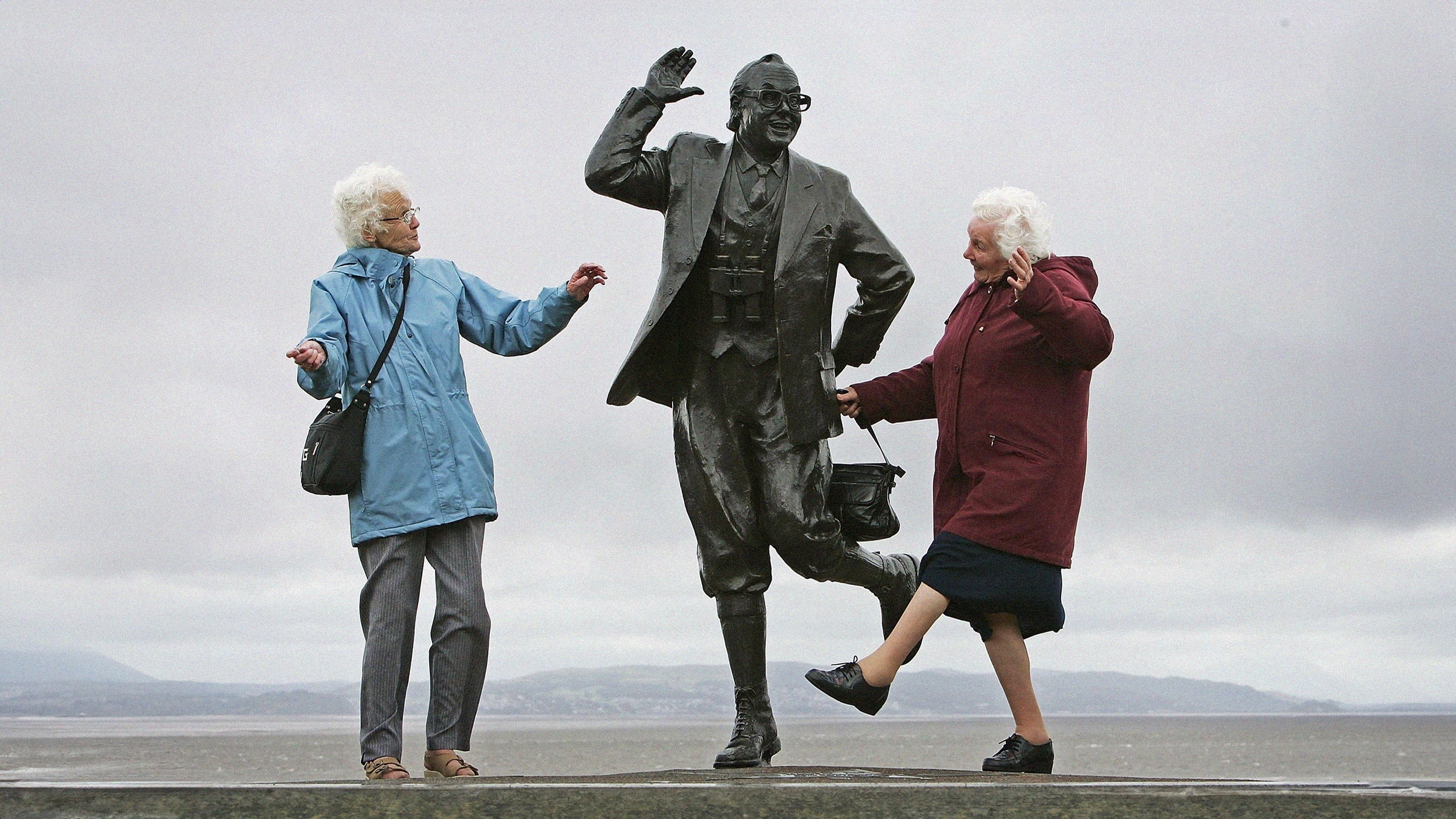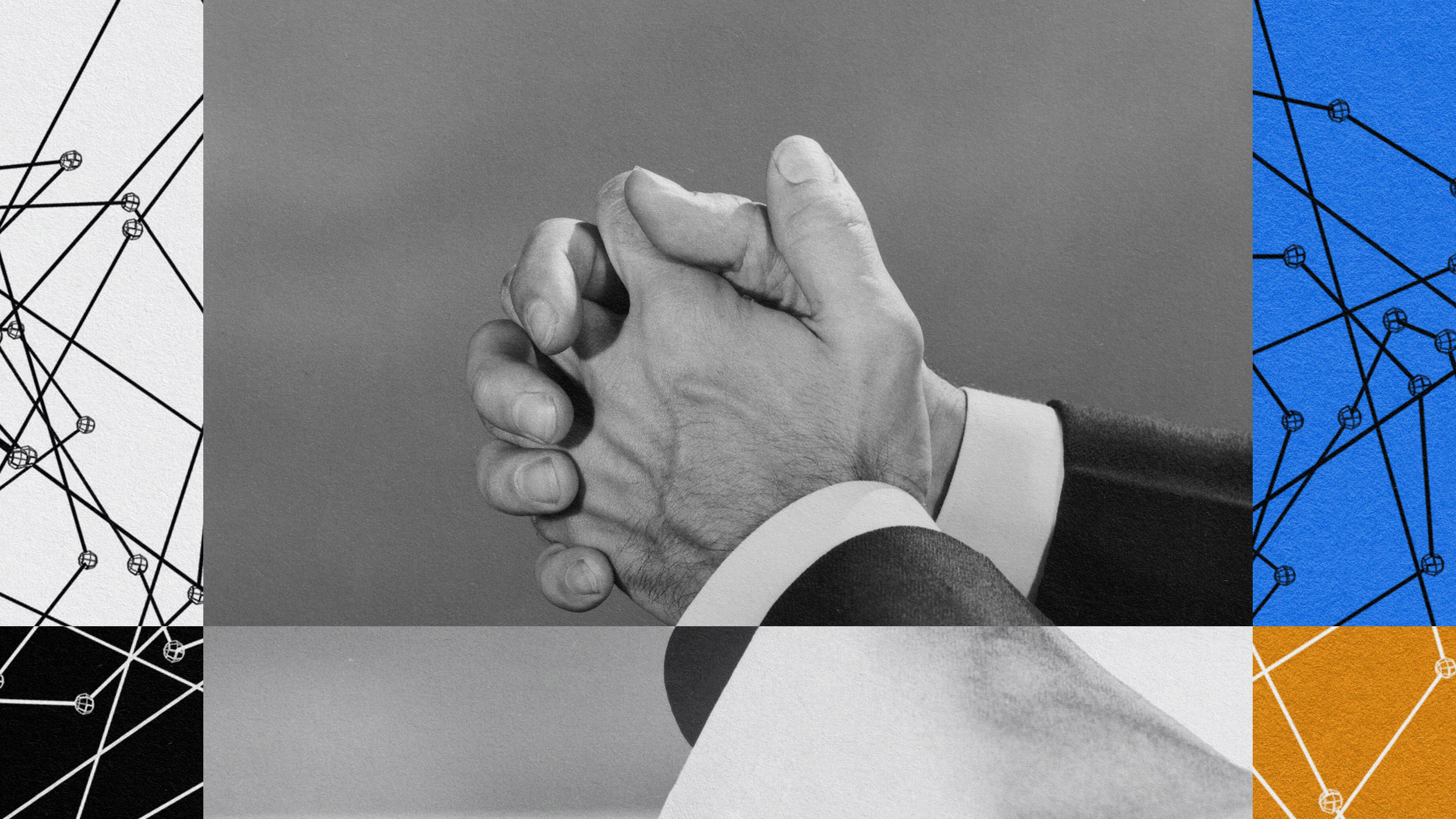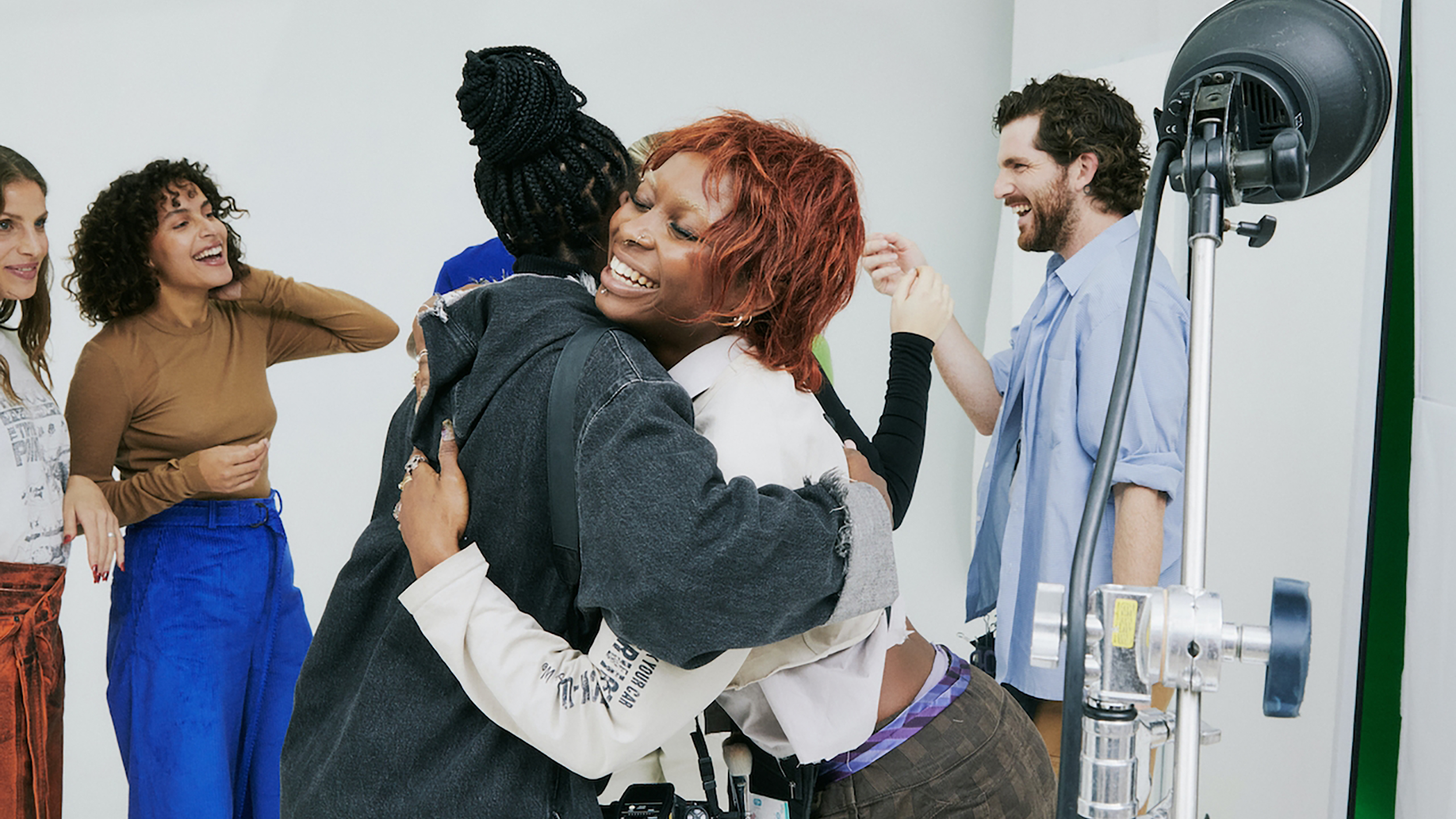Want better sex? Science says show more gratitude

Photo by Laura Garcia from Pexels
- A new study shows that people who express and receive gratitude from their partners are more motivated to meet their sexual needs.
- The effect was also seen with the mere perception of gratitude.
- As science is increasingly coming to understand, gratitude has many more benefits than this.
A new study finds that people who appreciate and are appreciated by their partners are more motivated to respond to their partner’s sexual needs than those in relationships marked by a lack of mutual gratitude. These appreciative couples report higher levels of “sexual communal strength” in their relationships as well. These findings add to the pile of studies showing the benefits of gratitude on many facets of life.
One hundred eighteen couples were asked to record in a journal how much gratitude they expressed and received over three weeks. They were also asked to record their estimated level of sexual satisfaction. The researchers returned three months later and had the couples repeat this effort. The authors found a positive connection between gratitude and “sexual communal strength,” a trait used by researchers to measure how willing a partner is to meet their partner’s sexual needs even if those needs differ from their preferences.
A second study looked at how the perception of gratitude influences sexual satisfaction. This involved the researchers asking test subjects to think of a recent time when they expressed or received appreciation from their romantic partner before filling out a questionnaire on their relationship and sexual satisfaction. A second group did the same, but their moment of gratitude did not involve their partner.
This half of the study found that just thinking of your partner this way improved the levels of self-reported satisfaction among the test subjects.
Esther Perel on the Nature of Erotic Desire
Recent studies have increasingly focused on a relationship trait dubbed “sexual communal strength” or SCS. Sometimes defined as the “desire or willingness to meet a partner’s sexual needs, even when different from your own preferences,” it is increasingly considered an essential element successful of long term relationship satisfaction.
The specific factors that improve SCS have yet to be fully discovered, but this study shows that gratitude is one. This makes sense on an intuitive level and is supported by other studies showing how gratitude in relationships relates to responsiveness and commitment levels.
Lead author Professor Ashlyn Brady of North Carolina at Greensboro summarized the findings for PsyPost:
“Our results suggest that gratitude, an emotion that arises in response to the recognition that another person has been beneficial or valuable to us, is one factor that predicts greater sexual communal strength. Thus, simply experiencing gratitude toward, or receiving gratitude from, a romantic partner can increase your motivation to fulfill your partner’s sexual needs and can help maintain this motivation over time.”
She further explains that the study will lay the groundwork for further research into this phenomenon. Many questions remain, such as how long the effect lasts, if expressing gratitude for different things gives different results, or if expressing gratitude for the same thing repeatedly leads to a decline in the impact, for example.
Brain in love: The science of attachment in relationships | Helen Fisher
The study also shows us yet another benefit of having gratitude. Over the past few years, a slew of reports, surveys, and articles discussing the positive effects gratitude can have on our emotional and physical health have come forth.
Studies suggest that practicing gratitude moderately improves depression and anxiety. It is associated with a sense of purpose, control over your environment, self-acceptance, and personal growth, alongside lower stress levels. Feeling gratitude can also make people more altruistic and is even associated with eating better.
One way to help take advantage of these effects is to keep a gratitude journal. It can be a straightforward thing, just a list of things you’re grateful for each day that you can look back on. Several studies on gratitude use journaling as a mechanism, so there is evidence associating journaling with the mentioned benefits. You can also try going a little out of your way to let people know you appreciate them and what they do. This has the added benefit of making their day.
Cicero said, “Gratitude is not only the greatest of the virtues but the parent of all others.” While his statement might be a bit bold, it seems he was certainly onto something. So, say thank you a little more often- you’ll thank yourself for it.





